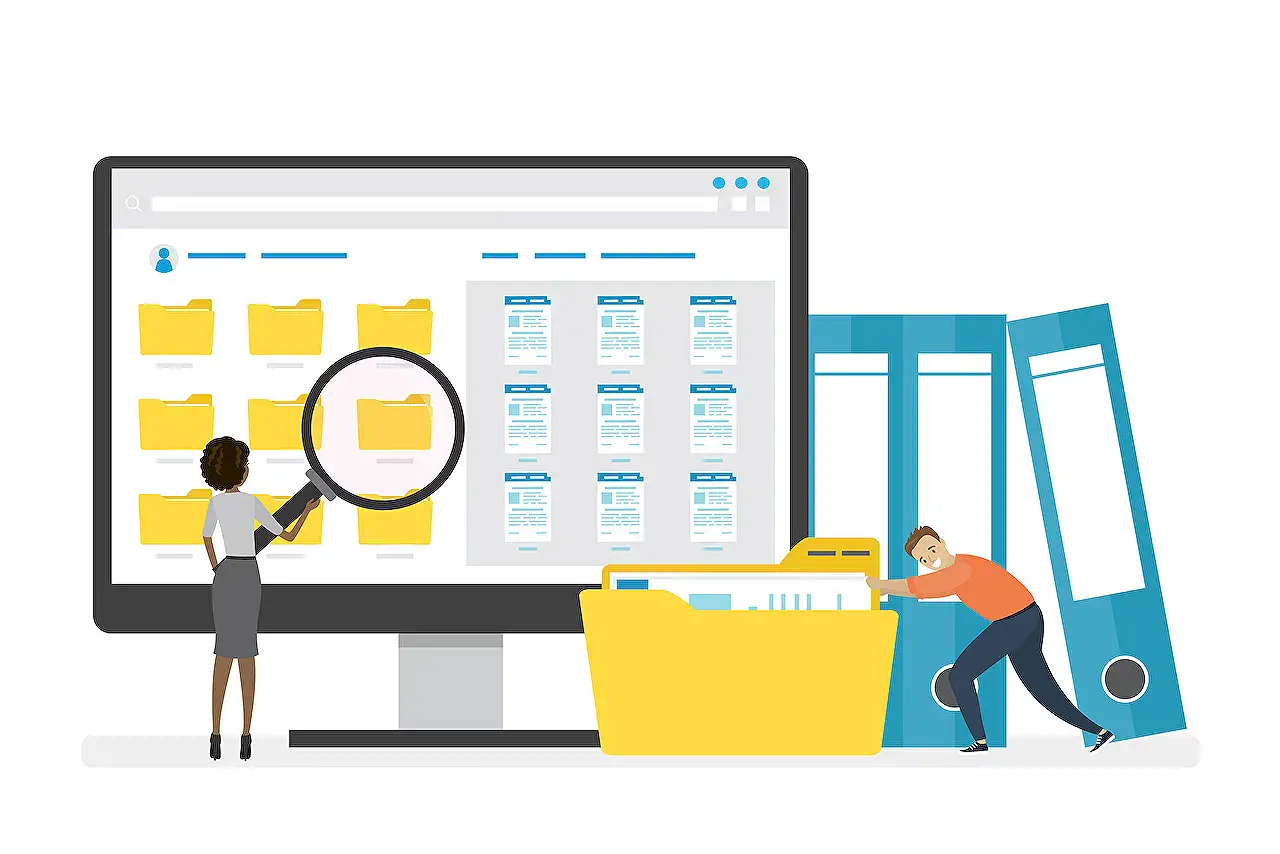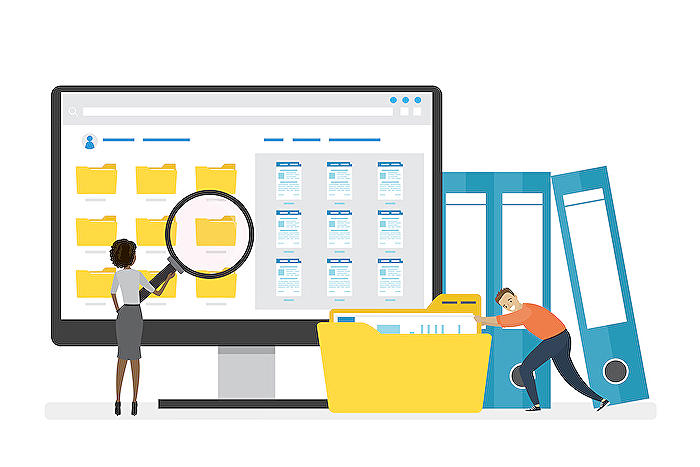- All of Microsoft

AI Builder: Training Document Processing Model in Power Platform
Learn to create and train a document processing model in Power Platform using AI Builder for optimized information extraction.
Using AI Builder in Power Platform for Document Processing
Power Platform's AI Builder offers a unique approach to document processing models. The post, authored by Lewis Baybutt, outlines the process from creating to training the model. It also discusses document types and information extraction. Further, it explores the benefit of teaching the model to function optimally with a common document template.
To initiate the use of AI models, use make.powerapps.com. In Power Apps, clicking on 'more' in the left-hand navigation should reveal 'AI models'. Here, you can create AI models for applications in Power Automate flows and Power Apps solutions.
Choose 'New AI model' and pick the custom model titled 'Extract custom information from documents'. Training this custom model involves offering it data examples and tagging documents accordingly.
The model training focuses on structured documents with commonly placed values, tables, and addresses. After selecting structured documents, you specify the information you want to extract from these documents.
You're essentially creating data fields without explaining where to find them, just like building a data model or schema. These fields could be based on quotes generated as PDFs using Dynamics 365 Sales.
More about AI and Machine Learning
Once you've added the fields for extraction, you proceed to tag documents in a step called Creating document collections. This involves categorizing documents that will pass through your AI model into collections based on their templates.
Having a minimum of five documents per collection is recommended, and more if possible for better model training. For tagging, highlight the desired extraction values by clicking and dragging.
This tagging process also applies to tables. Once the training steps are complete, 'train' the model. Upon the training's completion, you can publish and use it in your apps and flows. It is optimal for a flow where the dynamic content would be the individual fields extracted from your document passed into the model.
General View on Document Processing in Power Platform
Power Platform's AI Builder makes managing and processing documents more streamlined. Its unique approach enables the creation of custom models that cater to specific business needs. By instructing the model to recognize structured documents, businesses can expedite the process of extracting and using information.
Building collections of tagged documents enables the model to learn and improve its function, resulting in exceptional results in data extraction and document processing. This innovative use of machine learning and AI exemplifies how digital technology assists in overcoming traditional document processing challenges.
Read the full article Training a document processing model in Power Platform with AI Builder

Learn about Training a document processing model in Power Platform with AI Builder
The vast potential of AI (Artificial Intelligence) and Machine Learning is no secret. One of the striking applications of these technologies is seen in Microsoft's Power Platform, especially in its AI Builder. This allows users to develop and train document processing models. But, what does this mean exactly and how can we learn more about it?
AI Builder is a feature accessible through make.powerapps.com. Here, you can find different AI models available for use in Power Apps solutions or Power Automate flows. This includes not only pre-built models but custom models that need to be trained using your data and examples. However, one must note that the creation of custom document processing models requires a certain level of expertise. This expertise can be gained through various training courses available online.
A variety of digital learning platforms such as LinkedIn Learning, Coursera, or even Microsoft's own learning platforms host a variety of courses ranging from AI theories to their applications in Power Platform. For instance, you may choose to start with an 'Introduction to AI Builder' course then progress towards more specialized topics like 'Working with Document Processing Models'.
To become proficient with document processing models in AI Builder, you've got to learn a number of things. First, understanding the distinction between structured and unstructured documents is key. Furthermore, adding fields and pieces of information, which the custom model will pull from documents, is just as crucial. Thankfully, these are topics usually covered in your AI training journey.
Another intriguing characteristic of the AI Builder model training process is the creation of document collections. You need to tag common documents with areas where the model can find the values you want to extract. Courses on 'Document Collection and Tagging' aspect in AI Builder can provide a detailed demonstration of the technique.
Finally, the final leap comes with the 'Train the Model' section. Once you finish tagging documents, the model starts training and voila! You're now ready to integrate and make use of the document processing model in your Power Apps or Power Automate flows.
Remember, AI technology is constantly evolving. It's important to stay updated and continue learning to make the most of integrated systems like the Power Platform. For instance, vendor-approved Certifications such as 'Microsoft Certified: Power Platform Solution Architect Expert' can help extend your knowledge and keep you relevant in the field.
In conclusion, knowledge acquisition of AI Builder and the Power Platform will require a combination of directed learning from tutorial and course work, hands-on experimentation, and continuous learning. With this dedication, you'll be more than ready to harness the full potential of document processing models in Power Platform!
More links on about Training a document processing model in Power Platform with AI Builder
- Create a document processing custom model in AI Builder
- Jul 28, 2023 — Sign in to Power Apps or Power Automate. · On the left pane, select AI Builder > Explore. · Select Extract custom information from documents.
- Overview of document processing model - AI Builder
- Jan 4, 2023 — Train your model and define the information to be extracted from your forms. You only need five form documents to get started. Quickly get ...
Keywords
AI Builder, Power Platform, document processing model, training, artificial intelligence, Microsoft, AI model training, PowerApps, AI tools, Power Platform training